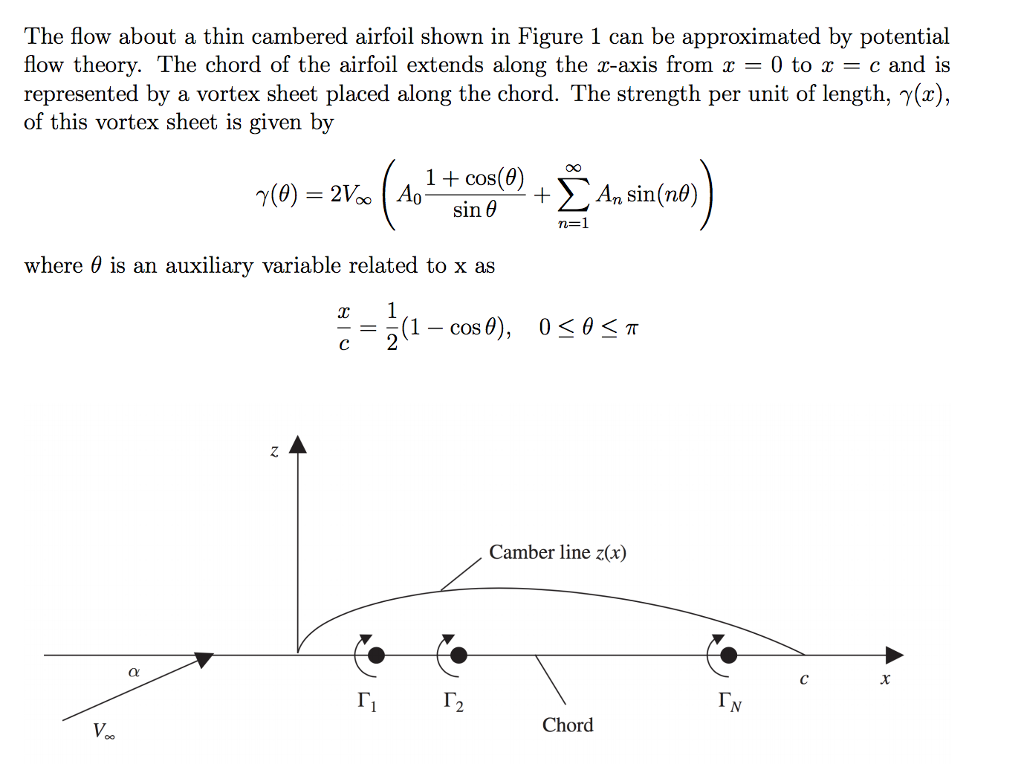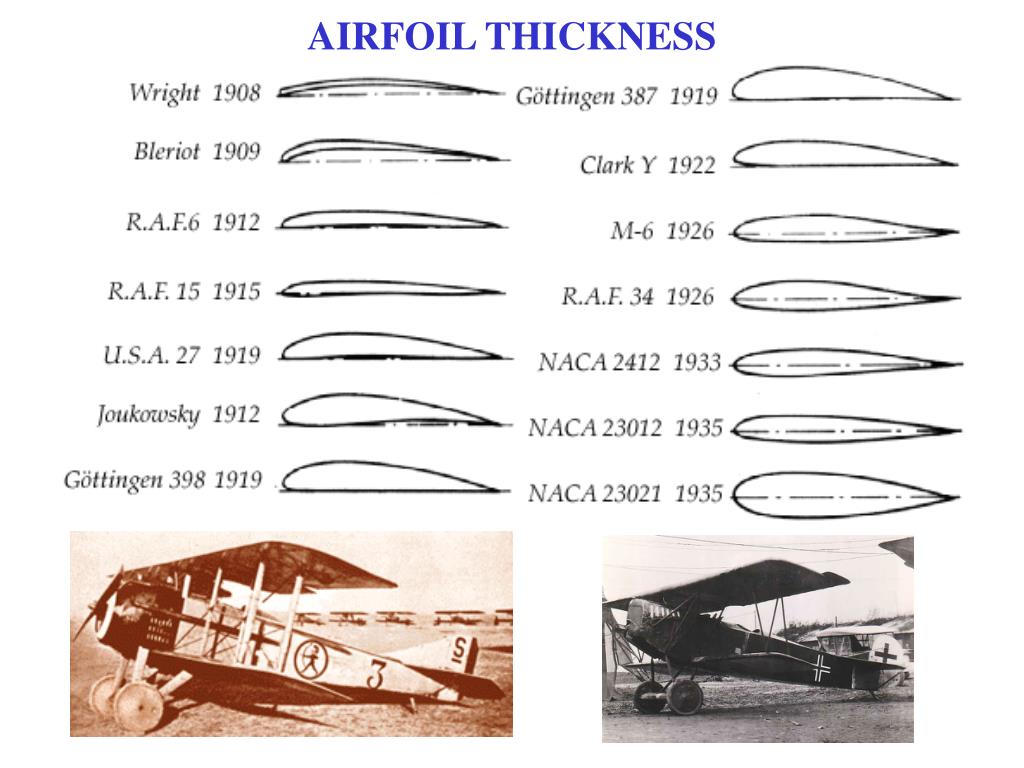

The chord is the line from the leading edge to the trailing edge of the airfoil. The chord is used to define the geometric angle of attack (often denoted with α), the angle between the freestream direction and the chord.

The dotted blue line in Figure 1 shows the camber line, or the midpoint between the upper surface and lower surface.Īs I'm sure you know, when air moves around a wing or an airfoil a force known as lift is generated perpendicular to the freestream direction- otherwise there would be no such thing as planes! The lift is caused by a pressure difference between the upper and lower surfaces of the wing/airfoil due to the way air moves around the body. A freebody diagram of the forces on an airfoil due to the freestream is shown in Figure 2.įigure 2: A freebody diagram of the forces due to the freestream on an airfoil Lift always points upwards by definition, but the shape of a body can sometimes cause this perpendicular force to point downwards an example of this is in cars where lift is actually undesirable and the force is known as downforce.Īn additional force, known as drag, also develops parallel to and in the same direction as the freestream. Notice in Figure 2 how there are two additional forces acting on the airfoil. These forces are known as the Normal and Axial forces measured relative to the chord. They are not seperate forces, but rather a way of representing the lift and drag in a different coordinate system. The relationship between these forces is shown in equations (1) & (2). Often times in aerodynamics, we want to nondimensionalize the lift and drag forces in order to get an idea of the properties of the airfoil or wing independent of the freestream velocity or the ambient pressure.

We now introduce the 2D lift and drag coefficients, shown below in equations (3) and (4), respectively. It is often convient to express part of the denominator as a single quantity, known as the dynamic pressure. It is possible to calculate the 2D lift and drag using integral equations.


 0 kommentar(er)
0 kommentar(er)
